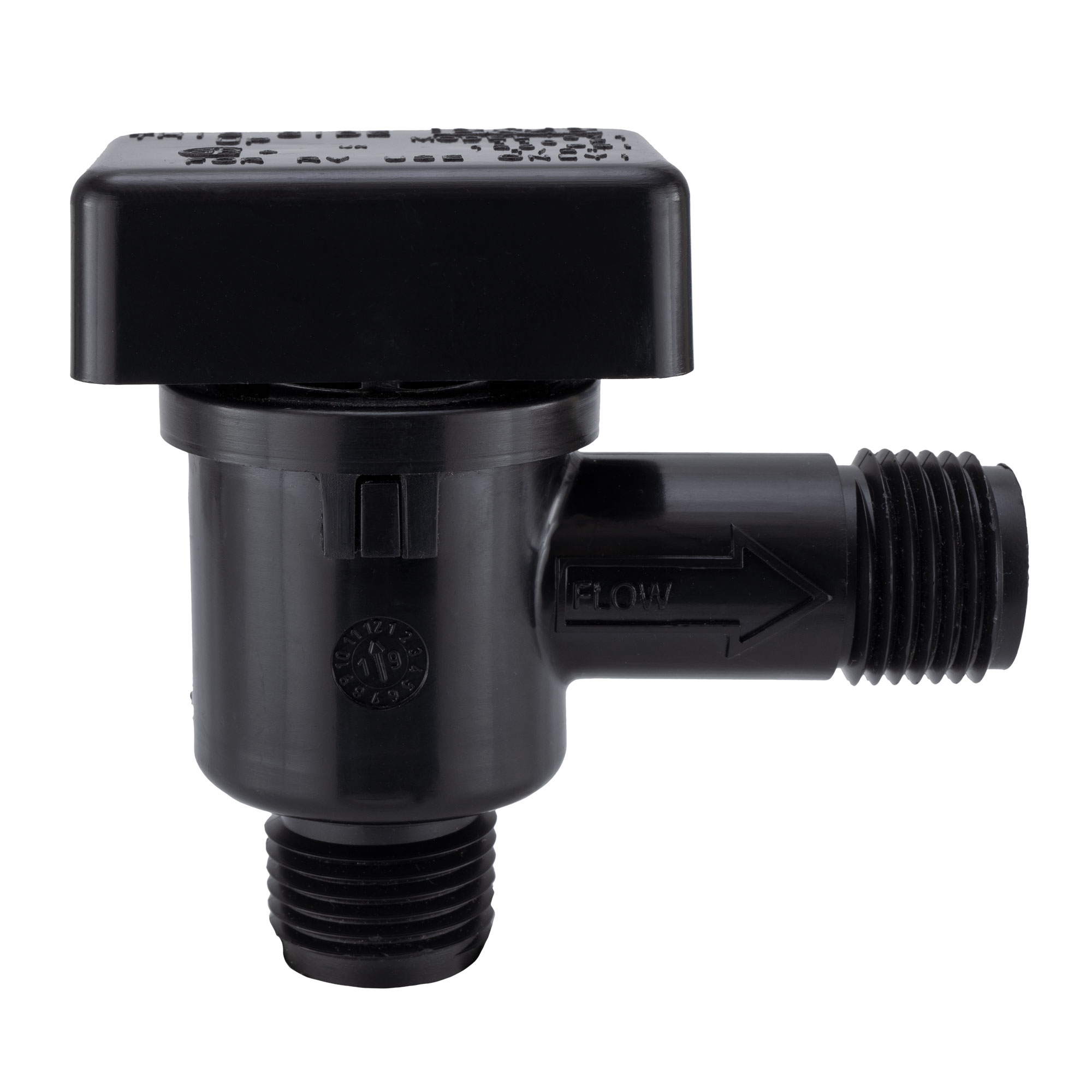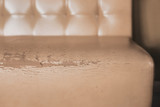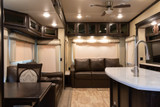What Is Backflow And What Do You Do About It?
Fresh water is one of those things that you can’t go anywhere without having access to. When you’re hiking, you have a water bottle. When you’re at the beach, you have bottled water or another kind of drink. In your stationary home, you have the fresh water plumbing system. And in your RV, you have your fresh water tank and water system. Fresh water is an important part of living. You drink it, take a shower or bath in it, wash your dishes with it, and more. For this reason, it’s vital to keep your fresh water fresh. Finding bacteria or foreign elements in your water supply could lead to sickness or even just a poor-tasting water supply. Either way, it’s not something you want. Most RVers see their fresh water system as a closed loop that cannot be dirtied once it’s in your tank and for many, it is probably true. There are problems that can pop up within your fresh water supply, however, including what is known as backflow. It’s not fun or sanitary and it’s something that you should protect against. So, what is backflow and what should you do about it?

What is backflow?
Now, many RVs enjoy having a black water tank that is “clean and sanitary,” however, as a general rule, you don’t want to put your fresh water hose anywhere you wouldn’t touch with your lips, even if the water is flowing out of your fresh water supply and not out of it. The reason for this? Backflow. Backflow is what happens when the pressure on the other end of the hose switches directions. For example, you are using your fresh water supply to directly flush your black water tank and the pressure switches from high (more pressure in your fresh water, causing the water to flow out) to low (more pressure on the black water side, causing the water to flow back up). This causes the black water to flow back into your fresh water hose, contaminating the water. This can happen with many kinds of pollutants, however, the black water system is the top area of concern in an RV.
How do you prevent backflow?
The best thing to do to prevent backflow is to use a backflow prevention device. These can range from a larger backflow preventer on the garden hose to a smaller device such as vacuum check valve. If there is a sudden loss of pressure, this device will step in and stop the water from flowing back, protecting the fresh water supply. Your RV may already be equipped with backflow prevention devices, with the most common being the vacuum breaker/check valve on the black water tank flush system. Even if you’re not a fan of the device, they are still vital in protecting your fresh water supply. If they are not working or are leaking, then they will need to be replaced.
So, when you’re hooking up your water supply, make sure that you have a backflow prevention device in place to protect not only your water supply but your health as well.
Recent Posts
-
How To Keep RV Furniture From Peeling
Peeling RV Furniture | Why it Peels and How to Stop it Your RV furniture is a point of pride on …Apr 23rd 2024 -
4 Tips for Securing RV Furniture While Traveling | RecPro
How To Secure RV Furniture There are few things that beat going out on an adventure with an RV …Apr 11th 2024 -
Can You Put Regular Furniture in an RV?
Can you put regular furniture in an RV? Many new and old RV owners ask themselves this qu …Apr 8th 2024 -
Are RV Electric Fireplaces Safe
Being Safe in Your RV with an Electric Fireplace Safety is always going to be one of your highest …Apr 4th 2024 -
How To Install An RV Fireplace
A Warm Addition to Your On-Wheels: The DIY RV Fireplace Installation Guide Many RV enthusiasts ask …Apr 1st 2024 -
Essential Grilling Gear Every RVer Needs
Whether or not you consider yourself a pitmaster or grillmaster, if you’re out on the road with y …Mar 18th 2024







